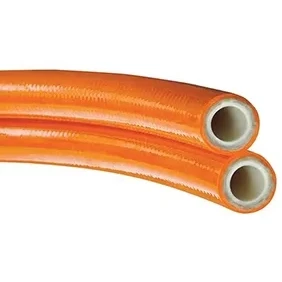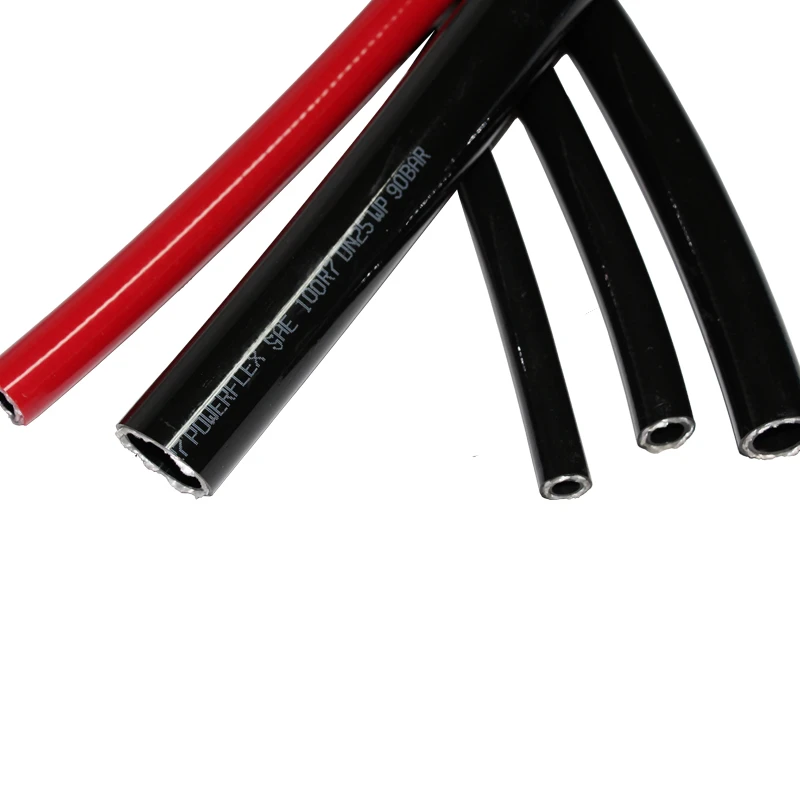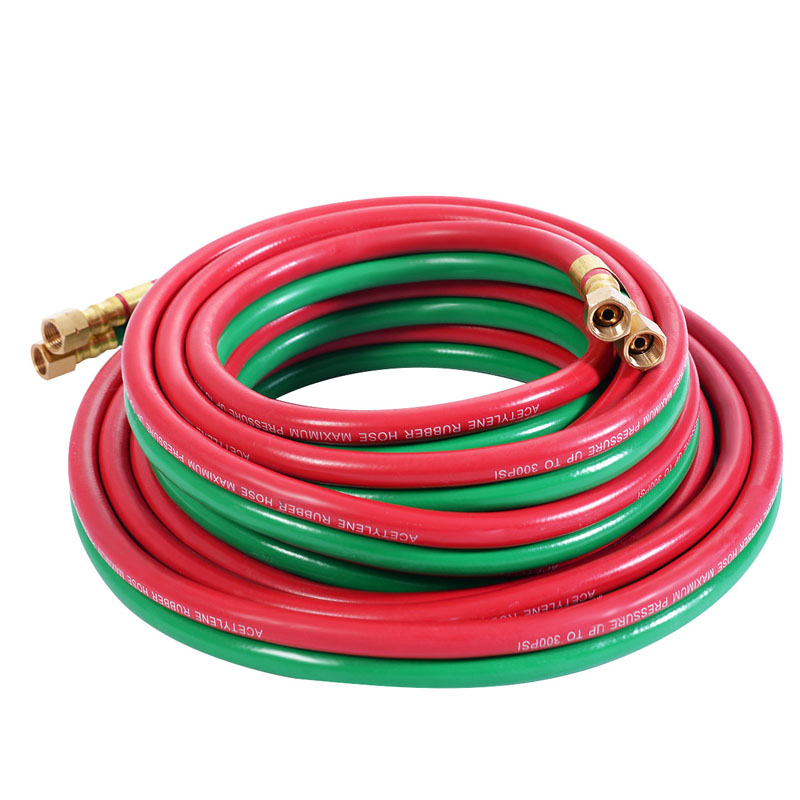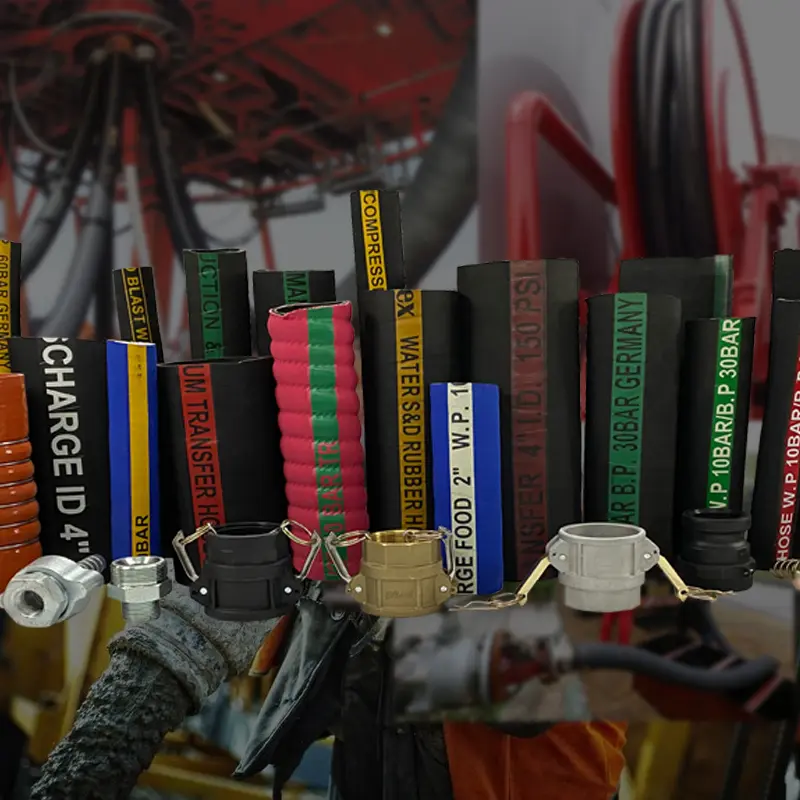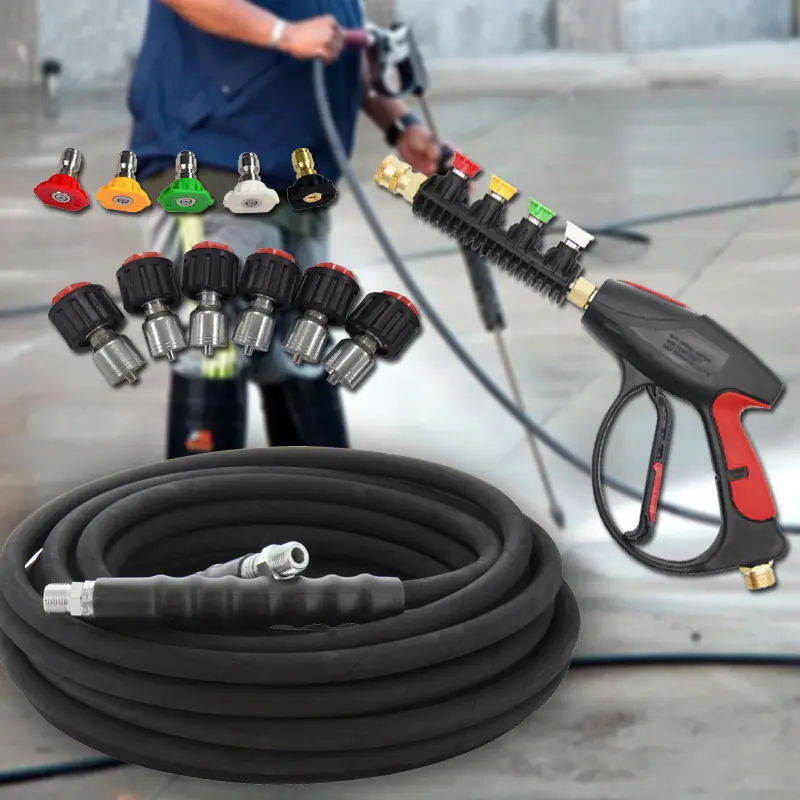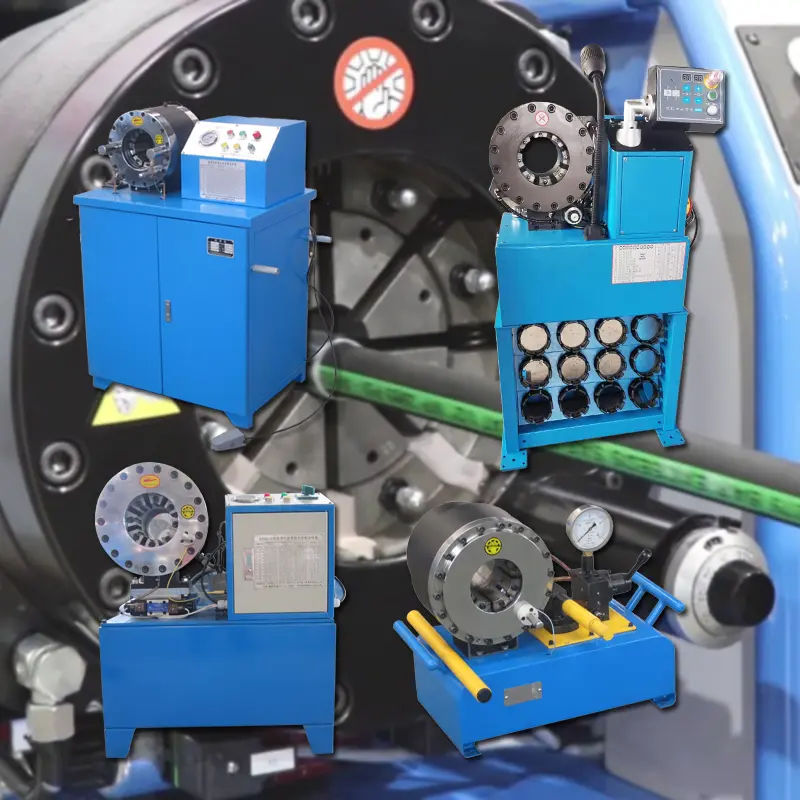Hydraulic systems rely heavily on the smooth and efficient flow of fluid to operate machinery effectively. Several factors influence this flow, and among them, the hydraulic pipe inner diameter plays a crucial role. Understanding these factors helps in selecting the right hoses and pipes to maintain optimal system performance and longevity. This article breaks down the key elements affecting hydraulic fluid flow, including hose sizing, material, fluid characteristics, and system components, while incorporating industry keywords such as industrial hose companies, high pressure cleaner hose, high pressure frac hose, and high pressure coolant hose.
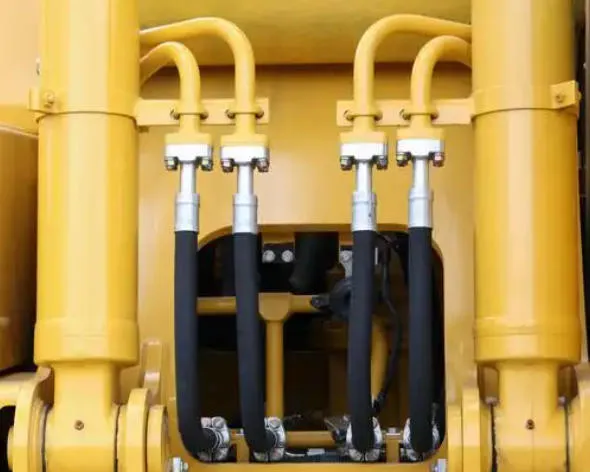
The Importance of Hydraulic Pipe Inner Diameter
One of the primary factors influencing hydraulic fluid flow is the inner diameter of the hose or pipe. This diameter determines how much fluid can pass through at a given time and impacts the pressure and velocity of the fluid.
Flow Rate and Pressure: A larger inner diameter allows more fluid to flow with less resistance, reducing pressure drops along the hose. Conversely, a smaller diameter restricts flow, causing increased pressure loss and potential inefficiencies.
Energy Efficiency: When hoses such as a high pressure cleaner hose or a high pressure coolant hose have an inadequate diameter, pumps must work harder to maintain flow, consuming more energy and reducing system efficiency.
Heat Generation: Smaller diameters increase friction and turbulence, which generate heat that can damage hoses and degrade hydraulic fluid.
Choosing the right inner diameter based on system requirements, such as flow rate and pressure, is critical. For example, a 3 8 inch hydraulic hose may suffice for moderate flow systems, but high-demand setups might require larger diameters.
Other Factors Affecting Hydraulic Fluid Flow
Beyond diameter, several other factors impact how fluid moves through hydraulic systems:
Hose Length: The longer the hose, the more resistance the fluid encounters, leading to pressure loss. Systems using high pressure frac hose in hydraulic fracturing, for instance, carefully balance hose length to optimize flow and performance.
Hose Material and Inner Surface: Smooth inner liners reduce friction and wear, improving flow. Quality hoses supplied by leading industrial hose companies use specialized materials for compatibility with different hydraulic fluids and temperature ranges.
Fluid Properties: Fluid viscosity and temperature affect flow rate. Higher viscosity fluids flow slower and cause greater pressure loss. Proper hose selection ensures compatibility with the specific fluid used.
System Pressure: Operating pressure affects how fluid behaves in the hose. High-pressure hoses such as high pressure cleaner hose must be capable of safely handling system pressures without deforming or bursting.
Fittings and Connectors: Mismatched or undersized fittings restrict fluid flow and cause turbulence. Using compatible fittings maintains smooth flow and system integrity.
Why Correct Hose Selection Matters
Selecting hoses with the right specifications directly influences hydraulic performance:
Ensuring hoses have adequate inner diameter for flow demands prevents bottlenecks.
Matching hoses to the system’s maximum pressure rating safeguards against failures.
Using hoses with liners compatible with hydraulic fluids, such as those in high pressure coolant hose, prevents internal damage and contamination.
Considering hose flexibility and bend radius minimizes flow restrictions caused by kinks or sharp bends.
Reliable industrial hose companies can guide you in choosing hoses tailored to your system’s unique flow and pressure needs.
Practical Example: Hose Diameter Impact
Consider a system originally using a 3/8 inch hose to supply a hydraulic tool but experiencing reduced performance and pressure drops. Upgrading to a 1/2 inch hose reduces friction losses, improves flow rate, and enhances equipment efficiency. However, the trade-off includes increased hose weight and reduced flexibility, illustrating the need for balanced selection.
Maintenance Tips for Optimal Flow
Conduct regular inspections for wear, abrasions, or damage.
Avoid unnecessary hose length and sharp bends.
Use protective sleeves to prevent abrasion.
Maintain clean hydraulic fluid to reduce internal hose wear.
Replace worn or damaged fittings promptly to avoid flow restrictions.
FAQs About High Pressure Coolant Hoses
How does inner diameter influence pressure drop?
Smaller inner diameters increase fluid friction, causing greater pressure loss along the hose length.
Can hose material affect fluid flow?
Yes, smoother inner surfaces reduce turbulence and resistance, enhancing flow efficiency.
Why are longer hoses problematic for flow?
Longer hoses increase frictional losses, reducing pressure and flow rate at the outlet.
What hoses are suitable for high-temperature fluids?
Specialized high pressure coolant hoses designed for elevated temperatures maintain flow and durability.
How do fittings impact hydraulic system flow?
Incorrect or undersized fittings cause flow restrictions and turbulence, leading to inefficiencies and potential damage.
Properly understanding and addressing these factors, especially selecting the right hydraulic pipe inner diameter, helps maintain efficient hydraulic fluid flow. For customized hose solutions including high pressure frac hose, high pressure cleaner hose, or high pressure coolant hose, consult trusted industrial hose companies who can provide expert recommendations tailored to your system needs.
Product Application











